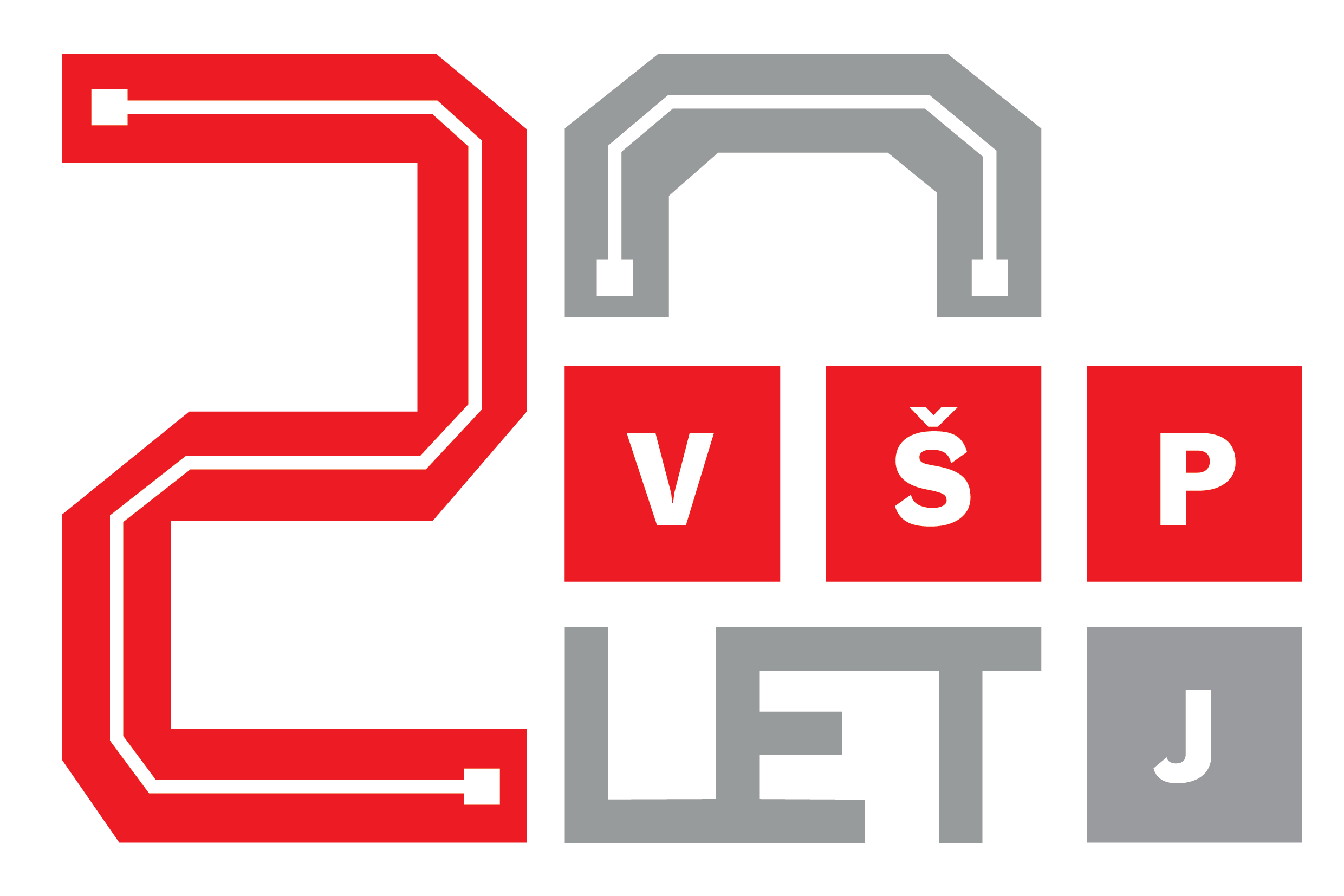General information
Bachelor's and Master's studies
The College of Polytechnics Jihlava provides education in three-year Bachelor's degree programmes, designed for those with a secondary school education completed with a secondary school diploma. The successful graduate obtains a Bachelor's degree (Bc.). The College also provides education in two-year follow-up Master's degree programmes, designed for candidates with a completed Bachelor's degree in a given field of study. Successful graduates receive a Master's degree (Mgr.) / (Ing.).
The study is offered in both full-time (daily) and combined (teaching 1 x per week on Saturdays) forms of study for the degree programmes Applied Informatics, Applied Engineering, Applied Mechanical Engineering, Travel and Tourism, Finance and Management, General Nurse, Clinical Social Care, and in addition, Midwifery (only in the full-time form of study). In the follow-up Master's degree programme Applied Engineering (Ing.), studies are offered in both full-time and combined forms. In the follow-up Master's degree programme Social Work in Mental Health Care (Mgr.), the study is offered only in the combined form of study.
The study is applied for via the electronic application form, where the prospective student will also receive instructions on payment for the admission procedure after a successful registration.
The prerequisite for admission to study a Bachelor's programme is completing the secondary school leaving examination.
The prerequisite for admission to study the follow-up Master's programme in Applied Engineering is achieving a Bachelor's degree in a technical field.
The prerequisite for admission to study the follow-up Master's degree programme Social Work in Mental Health Care is the achievement of a Bachelor's or Master's degree of education entitling the person to carry out the profession of a social worker (according to Act No. 108/2006 Coll. on Social Services as amended).
Further information on degree programmes and admission requirements can be found under the individual degree programmes.
The instruction is conducted in the Czech language; some courses are also offered in foreign languages. Several weeks of student's practical placement in organisations are also a compulsory part of the curriculum, lasting from 12 to 46 weeks depending on the individual degree programmes. Tuition during the standard study period is free, but some tasks related to the admission procedure and additional or more extended university studies are charged.
The school is housed in its own building with good transport links and the necessary study facilities. There are specialised classrooms (language, computer, and specialised classrooms and laboratories), a rich library collection including foreign language literature, wi-fi, e-learning study guides, and study materials in electronic form. Information on accommodation, meals, scholarships and other useful links can be found in student services.
Students can complete part of their studies at the College of Polytechnics Jihlava as part of the ERASMUS exchange programme.
If you are not interested in obtaining a university degree but want to expand your knowledge and skills, look at the lifelong learning offer. For those over 50, the University of the Third Age offers seminars and training courses in various fields.
Wondering more and can't find the answer? Contact the study department:
Study Department
Room 1N011
phone: 567141181
email: studijni@vspj.cz
Lifelong Learning at VŠPJ
Lifelong Learning is an important part of the educational activity of VŠPJ. Within its framework, the College of Polytechnics Jihlava offers educational courses with a micro-certificate, professional courses and contract courses. Lifelong Learning at VŠPJ also includes the Third Age University and the British Council Language Examination Centre.
Contact:
Mgr. Marie Marek
head of the Lifelong Learning Centre
tel.: 567 141 144, mobile: 602 525 506
e-mail: marie.marek@vspj.cz

Vysoká škola polytechnická Jihlava
Tolstého 16
586 01 Jihlava
IČ: 71226401
DIČ: CZ71226401
Contact
Phone: +420 567 141 111
Fax: +420 567 300 727
E-mail: vspj@vspj.cz
Mailbox ID: w9ej9jg
Contact point of the Rector's Office
Monika Jonášová
E-mail: monika.jonasova@vspj.cz
Study Department
Phone: +420 567 141 181
E-mail: studijni@vspj.cz
